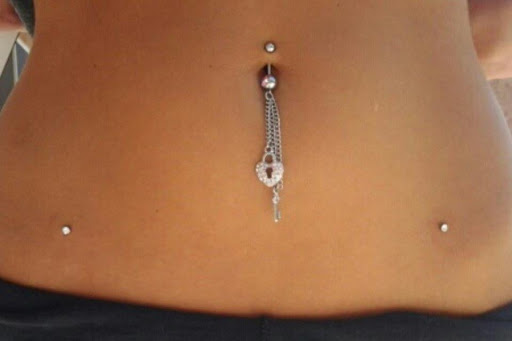
Tattoo Stencils
Tattoo stencils are line drawings used as guides for tattooing. Artists simplify the image to avoid creating a messy result. Use specialized stencil paper, lotion, or stick deodorant to transfer designs onto the skin.
Stencil Paper
Creating clean and precise stencils is crucial for successful tattoo designs. Tracing onto transparent material like Xerox paper is safe and allows size adjustments. Dots may be used for shading in portrait designs. Cleanse the area with green soap and sanitizer before transferring the stencil onto the client’s skin. Ensure it is placed correctly without any twisting or movement.
Tracing Paper
Artists use tracing paper to recreate the outline of their drawings. It is made of acid-free materials, durable against erasing, and offers decent transparency. Prepare the skin by shaving and cleaning it with antibacterial soap before applying the stencil. Tape both stencils and tracing papers to avoid accidental movement during tattooing.
Thermal Paper
Artists commonly use professional thermal tattoo paper. It produces high-quality images with fine detail preservation combined with a stencil machine. Some artists prefer digital methods, using an iPad and Procreate for intricate designs. Preparation is required for thermal transfer paper. Insert your drawing layer between the carbon ink layer and the bottom sheet, then load it into a thermal copy machine to copy the image onto the top sheet of white tattoo transfer paper. Stick the transfer paper securely onto the prepared skin.
Stencil Machine
A stencil machine is used for printing tattoo stencils onto thermal paper. Proper paper and settings selection is essential. Prepare the skin by shaving and cleaning it with antibacterial soap before applying the stencil. Practice stenciling on scrap paper first, and adhere the tracing paper carefully to the clean-shaven skin. Place the piece into the stencil machine, ensuring the shiny side faces the device for the correct printing orientation on the client’s skin.

